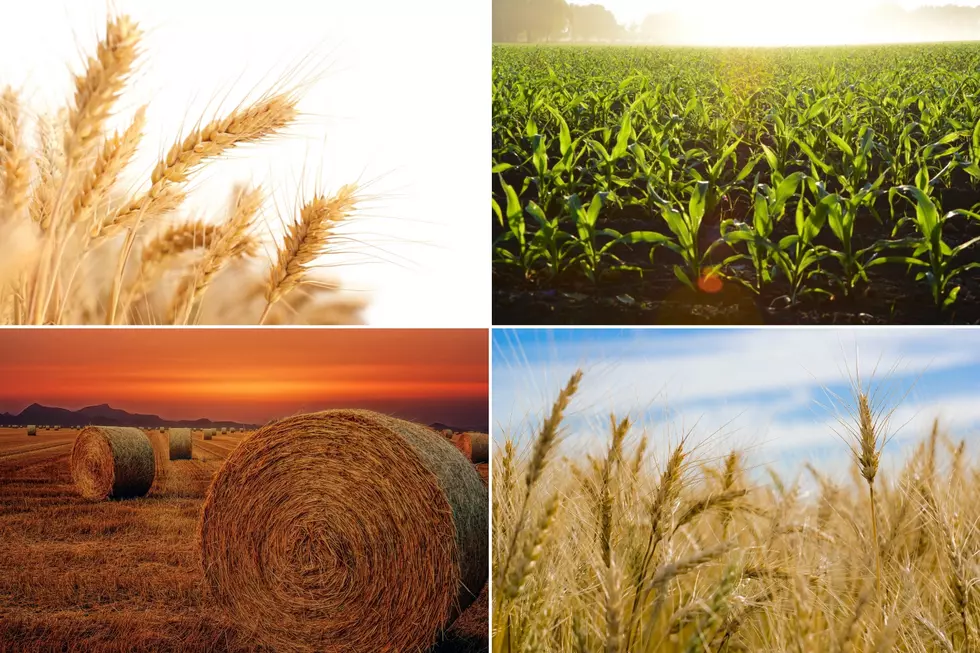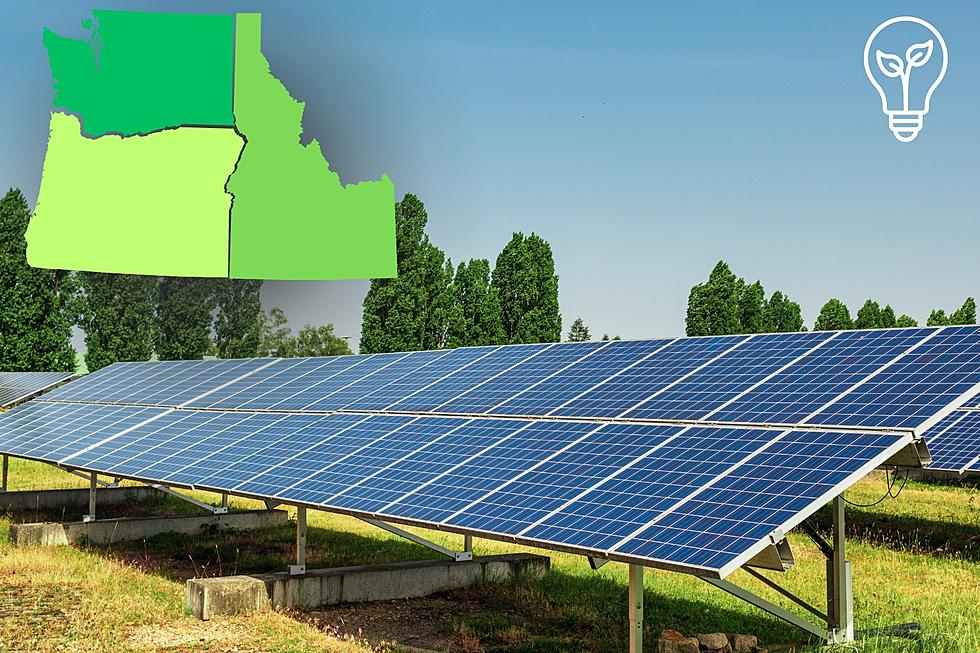
Rippey: La Niña Will Have Global Impact
The National Weather Services has made it official. La Niña has developed in the Pacific Ocean for the fall and winter months. And USDA meteorologist Brad Rippey said the weather pattern will have global implications.
"The correlations between weather and La Niña are weaker in some parts of the globe and stronger in others but one thing to consider is that in the southern hemisphere we see the peak impact occurring the growing season or the summer months."
And it's not just countries that touch the Pacific that will be impacted.
"In South Africa we tend to see a wetter weather pattern associated with La Niña. Sometimes the rain becomes a little bit excessive across Australia particularly in the Northern part of the country where we sometimes see the excessive rainfall and flooding. In fact that wetness tends to extend through a lot of the Western Pacific basin and does include places like Indonesia."
Meanwhile, in South America.
"The impacts aren't quite as strong but sometimes just when La Niña begins to develop we do see dryness and drought in Southern Brazil and parts of Argentina and that's one thing we've seen here in recent months," Rippey said.
If you have a story idea for the PNW Ag Network, call (509) 547-1618, or e-mail gvaagen@cherrycreekmedia.com
More From PNW Ag Network









